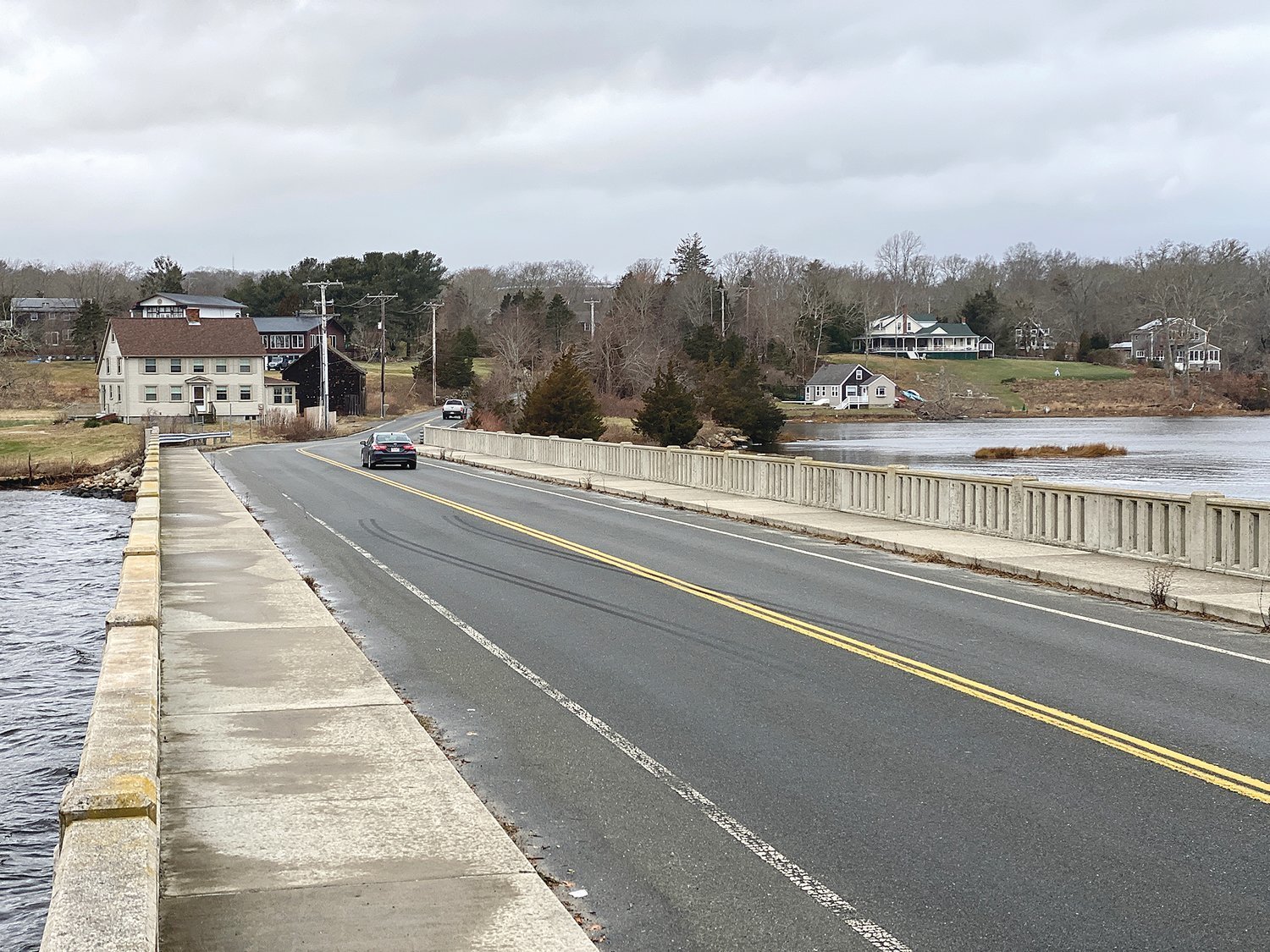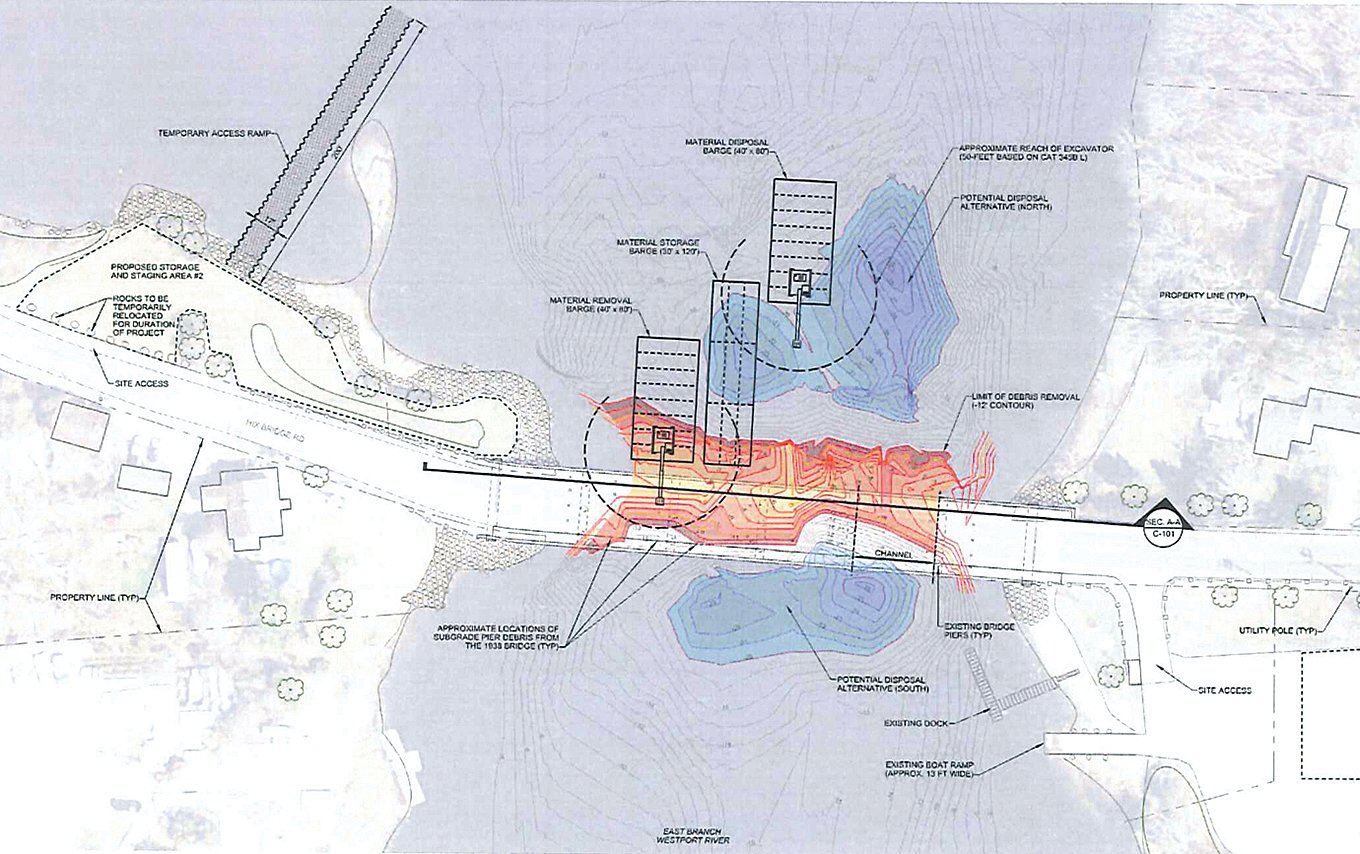Internal Army Corps memo questions Hix Bridge project
Written five months ago, town just received memo in late November
A United States Corps of Engineers internal memo published five months ago, but received by the town only two weeks ago, has raised questions about the future of the Hix Bridge rubble removal …
This item is available in full to subscribers.
Please log in to continue |
Register to post eventsIf you'd like to post an event to our calendar, you can create a free account by clicking here. Note that free accounts do not have access to our subscriber-only content. |
Day pass subscribers
Are you a day pass subscriber who needs to log in? Click here to continue.
Internal Army Corps memo questions Hix Bridge project
Written five months ago, town just received memo in late November
A United States Corps of Engineers internal memo published five months ago, but received by the town only two weeks ago, has raised questions about the future of the Hix Bridge rubble removal project, a long-running effort that has been under discussion for more than a decade.
The project, long seen as a way to improve hydrology and shellfish habitats in the Westport River's east branch, would see an estimated 3,000 cubic yards of decades-old concrete rubble removed from underneath the bridge, and re-deposited in several 'scour holes' nearby in the river. Though there are other options available for disposing of the rubble, including trucking it offsite to the town yard, the Army Corps' preferred solution of using scour holes is the cheapest and would cost $2.738 million, with the town covering $958,000 of the cost and the federal government paying the rest.
But the June memo, which was received by Town Administrator James Hartnett on Monday, Nov. 21 and forwarded to the Westport River Watershed Alliance shortly after, appears in places to question the science, need and logistics of the project as envisioned in a draft environmental assessment/feasibility study prepared by the ACOE in January.
Said WRWA Executive Director Deb Weaver Monday:
"We had the same puzzlement" about the report as others, she said. "Now we're in this holding pattern because it's an awful lot of money to raise if you're not convinced that the environmental impact isn't going to have a lot of public benefits. We don't know the Army Corps' thinking on this."
The report was prepared by the ACOE's North Atlantic Division in Brooklyn, NY, addressed to Joseph Fornica, the chief of the Corps' Civil Works Integration Division. It runs 14 pages and offers a counterpoint to many of the ACOE's earlier findings, conclusions and scenarios. Some are minor, some major — "The plan formulation appears to have been for the most cost-effective removal of debris rather than habitat restoration," it notes.
In the report's 'general comments' section, the ACOE writes that "there are grave concerns that the (scour hole plan) will result in significant damage to oyster habitat within the Westport River."
As such, "a recommended plan which results in more habitat damage than restoration cannot be approved ... this issue must be resolved, and the impacts described ... before approval may be sought. It appears likely that a different plan may be recommended."
The June memo also diverges from earlier assertions that removing the debris would impact salinity in the river enough to support richer hardshell clam habitats.
"The majority of participants did not believe any significant changes in salinity upstream from removal of debris" would occur, and notes that "evidence of this significant change is needed to support the debris removal."
The list of criticisms continues for much of the report. Findings include:
•Though the ACOE proposed several alternatives to the scour holes option, previous ACOE assessments of each possibility's value and outcome "do not distinguish between between the alternatives."
The ACOE, the report's writers state, is "encouraged to consider the addition of alternatives that include complementary measures, such as the placement of spat or artificial substrate to increase oyster habitat."
• The corps had earlier stated that ecosystem restoration benefits "will be measured in terms of acres of shellfish habitat restored."
But that's not enough, the report states.
"The metric chosen, acres of shellfish habitat, does not appear to measure all potential habitat improvement. Restoration benefits should be measured in a manner that quantifies both area and quality/function, and enables differentiation between alternatives."
• As for the completeness of earlier ACOE studies, with respect to bottom composition: "The completeness of the alternatives in creating shellfish habitat is unclear. (ACOE) is advised to expand on substrate needs given the variable bottom in the study area."
The report raises dozens of other possible issues, from those based on the science involved to permitting and jurisdictional questions regarding ownership of the bottom in the proposed work area. In that regard, earlier reports indicated "that the project footprint is within the Town of Westport's jurisdiction. That is not correct, as the riverbed is owned by the state, and a permission or license from the state will be necessary."
For the full Army Corps of Engineers report, see www.eastbayri.com.
What's next?
Weaver, who was forwarded the report shortly after it was received by Hartnett, said she and others plan to meet with the town administrator in the coming weeks "to see where do we land now, and what do we do."
"The feasibility study came out in January," she said. "Now there's a whole lot of questions ... that we just don't understand."
"They don't clarify their own process. Does their own negative internal report result in the project being taken off the books? We don't know."









